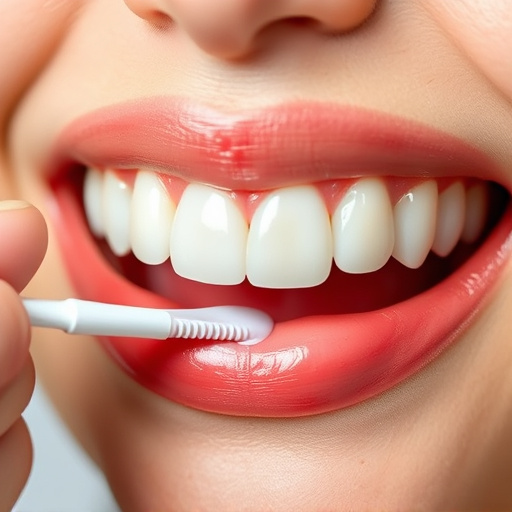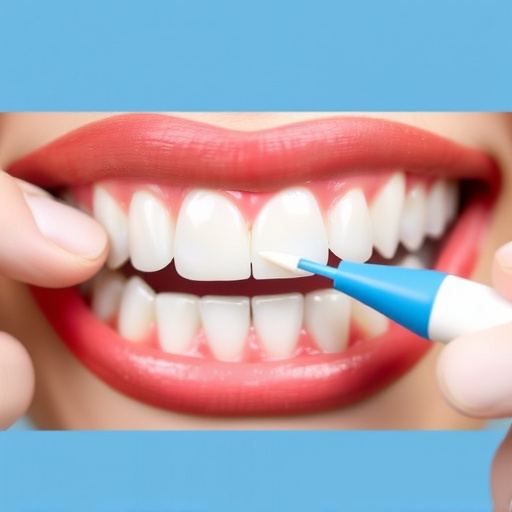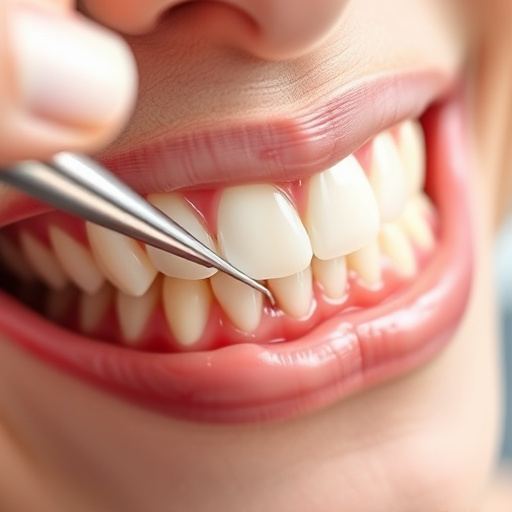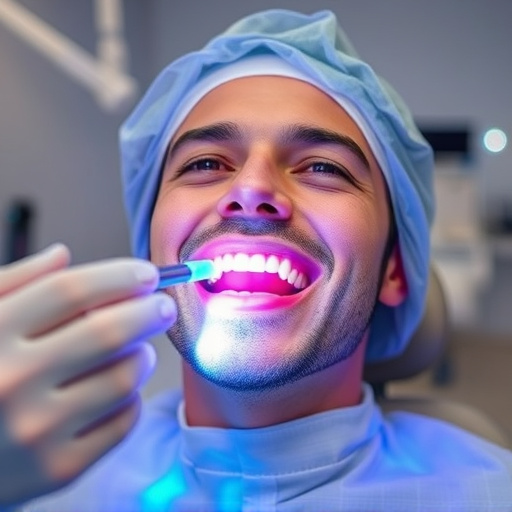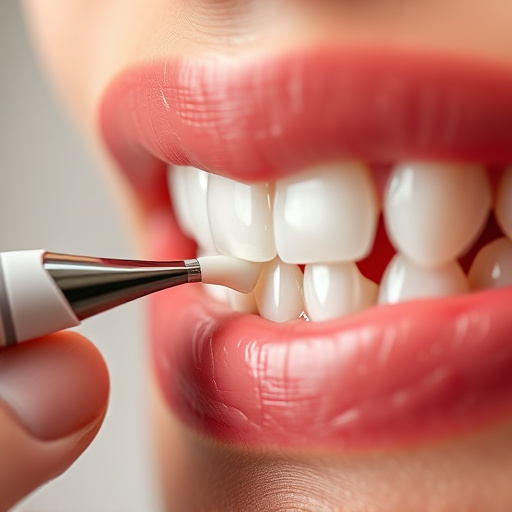Minimally Invasive Dentistry (MID) is a modern oral care approach that prioritizes conserving healthy tooth structure using advanced technologies and techniques like cosmetic fillings. By removing only affected portions of teeth, MID maintains integrity and natural beauty while enhancing effectiveness through early detection via routine exams. This philosophy reduces discomfort, recovery time, and extractions compared to traditional dentistry, aiming for comprehensive care that restores function, preserves tooth structure, and promotes long-term oral health.
In today’s dental landscape, a paradigm shift is taking place with the advent of Minimally Invasive Dentistry (MID). This innovative approach focuses on preserving natural teeth and oral structures, prioritizing conservation over replacement. By employing advanced techniques and technology, MID offers patients more comfortable, efficient, and conservative treatment options. This article explores the philosophy, benefits, and modern practices that define MID, highlighting its growing significance in dental care.
- Understanding Minimally Invasive Dentistry: A Shift in Dental Care Approach
- The Philosophy Behind Preserving Natural Teeth
- Benefits and Techniques in Modern Practice
Understanding Minimally Invasive Dentistry: A Shift in Dental Care Approach

Minimally invasive dentistry represents a significant shift in the way we approach dental care. It’s not about replacing healthy tooth structure with artificial materials, but rather preserving it. This modern approach prioritizes conserving as much natural tooth as possible, even when addressing issues like decay or damage. By minimizing removal, minimally invasive dentistry helps maintain the integrity of your natural smile and overall oral health.
Instead of traditional methods that often involve extensive drilling and cutting, this innovative approach leverages advanced technologies and techniques to remove only the affected portions of a tooth. This can include procedures such as cosmetic fillings, which repair small cavities using composite materials that bond with existing tooth structure. Regular routine oral exams play a crucial role in early detection, allowing for these minimally invasive treatments to be effective and long-lasting, providing comprehensive dental care while preserving your natural beauty.
The Philosophy Behind Preserving Natural Teeth

The philosophy behind minimally invasive dentistry is rooted in preserving natural teeth whenever possible. It’s a departure from traditional cosmetic dentistry, which often focuses on replacement over repair. In this approach, dentists prioritize comprehensive dental care that aims to save even the most damaged teeth through advanced techniques and materials. The goal is not just to restore function but also to preserve the tooth’s natural structure and health for years to come.
By opting for minimally invasive dentistry, patients can benefit from less aggressive treatments, reducing discomfort and recovery time. This approach also ensures that every attempt is made to avoid extractions, which can have a significant impact on overall oral health and aesthetics. It’s about embracing tooth repair as a means to maintain a natural, healthy smile, rather than seeing it as a temporary fix for a perceived imperfection.
Benefits and Techniques in Modern Practice

Minimally invasive dentistry (MID) offers a host of benefits that prioritize oral health and preservation over aggressive replacement procedures. By utilizing advanced techniques and modern technology, dentists can now effectively treat tooth decay and damage with less removal of healthy tooth structure. This approach not only reduces patient discomfort but also conserves the natural beauty of smiles, making it a preferred option for those seeking comprehensive dental care.
MID encompasses various techniques such as direct restorative materials, micro-infiltration, and laser dentistry. These methods allow for precise treatment, enabling dentists to remove only the affected parts of a tooth while strengthening and reinforcing weaker areas. For example, instead of removing a large portion of a decayed tooth and fitting a dental crown (cosmetic dentistry), MID may use a small filling or inlay to restore the tooth, preserving its natural form and function. This approach aligns with the core principles of minimally invasive practices, ensuring patients receive effective treatment while maintaining the overall health and aesthetics of their teeth and gums.
Minimally invasive dentistry (MID) represents a significant shift in dental care, focusing on preserving natural teeth whenever possible. By leveraging advanced techniques and technologies, MID offers safer, more comfortable, and cost-effective alternatives to traditional restorative treatments. This approach not only benefits patients but also contributes to the preservation of Earth’s resources by reducing waste from artificial restorations. Embracing MID ensures a future where dental care is more harmonious with nature, promoting overall health and sustainability.




